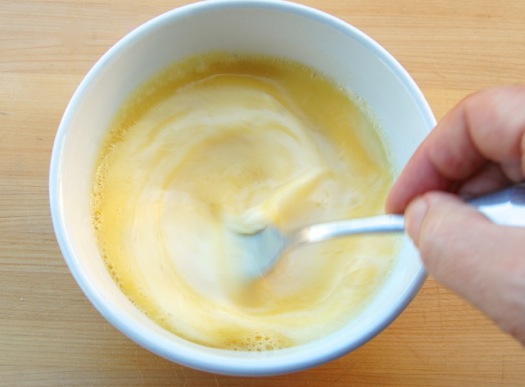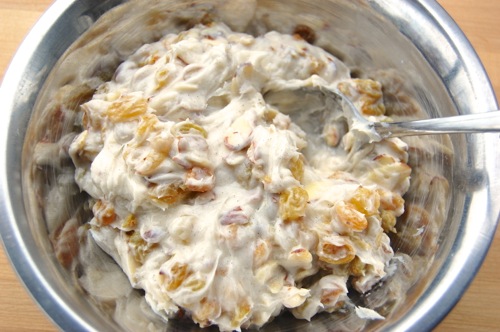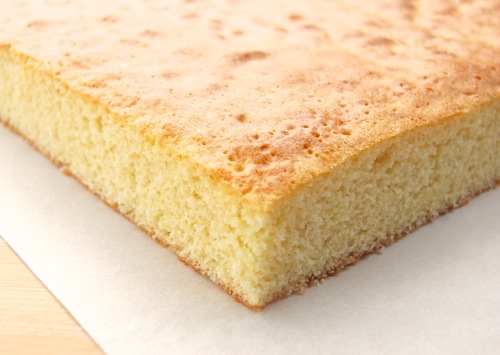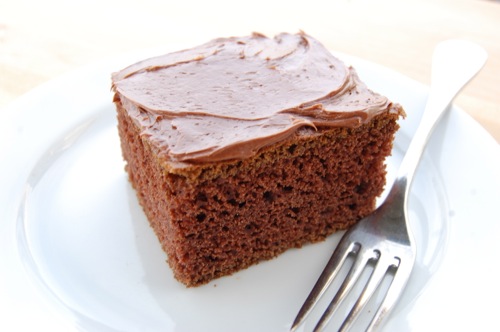Red Velvet Cake Recipe
A lot of very creative balderdash surrounds the red velvet cake, from its origin myths to its chemistry to its odd little preparation rituals (making a paste of red food coloring and cocoa powder, etc.). There’ll be more on all that this week. For now all you need to know is that red velvet cake is little more than a buttermilk layer cake with a hint of chocolate and a whole lot of red food coloring. It goes like this:
6 large egg yolks
11 ounces (1 1/4 cups plus two tablespoons buttermilk)
2 teaspoons vanilla
2 ounces red food coloring
13 1/2 ounces (3 cups) cake flour, sifted
10 1/2 ounces (1 1/2 cups) sugar
1/4 cup cocoa powder
3/4 teaspoons baking powder
3/4 teaspoons baking soda
3/4 teaspoon salt
12 tablespoons unsalted butter, softened




